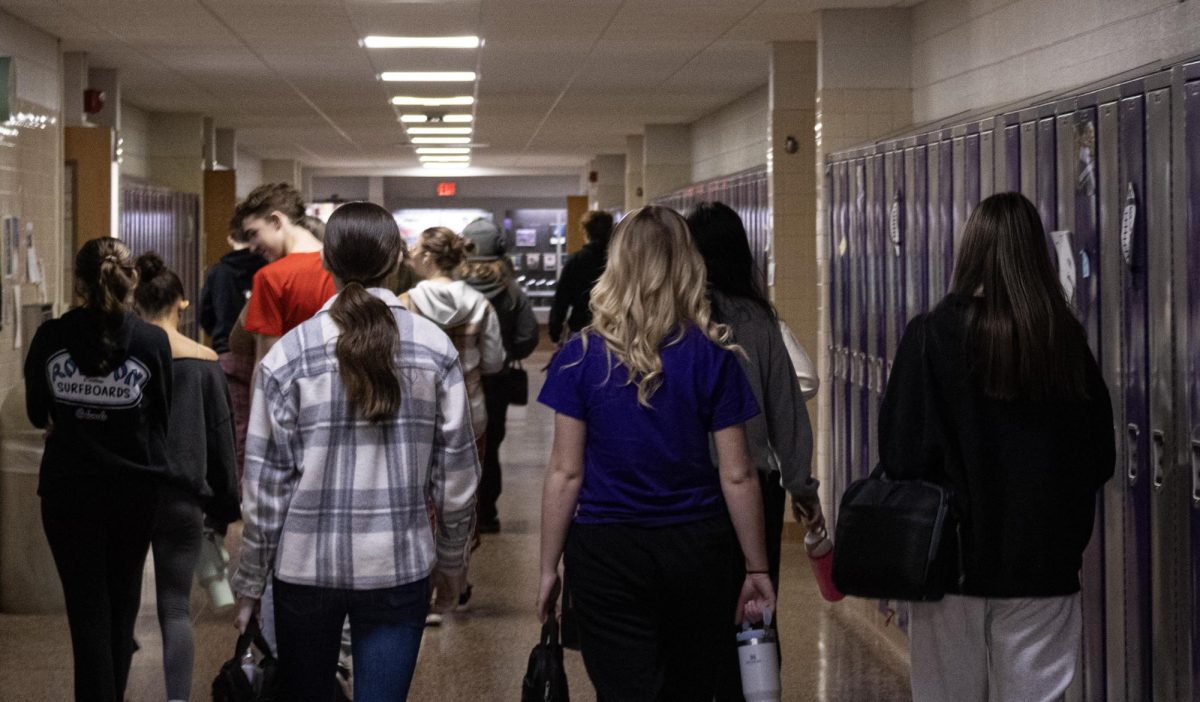The current state of students getting their driver’s licenses is completely up to their families. Schools play a much less important role in the driver’s education process than they used to. Starting in the early 1990s many schools removed their driver’s education classrooms. Although there is no one answer to why the schools did this, most schools removed the class from high schools due to lack of budget as well as too much labor.
Mr. Mike Bauman is a driving instructor, and with this he “can provide 24 hours of classroom instruction of a state-certified curriculum.” Due to his experience over the years either taking or teaching drivers training, he has a good understanding of the state of driver’s education. Bauman states that when he was in high school, “The school ran the driver’s education program.” On account of the school running the program, it allowed for an equal range of students to take the class as well as the course being free for students.
Although it was ideal for the families and students to have it as a course in school, Bauman states that, “The state made paperwork a nightmare for the schools, and it became too labor intensive that most schools discontinued running driver’s education through the school.”
With the work becoming too much, it in turn forced the pricing to increase thus making schools stop offering the course.
Despite the fact the course has been discontinued for so long, Bauman informs, “[T]here is recent talk, at the state level, about trying to get driver’s education back into the schools so all students have the opportunity to take the class at less or no cost.”
Due to many schools stopping their driver’s training classes, this has led to agencies coming in and taking over. Agencies aren’t directly funded in the way schools are: the agencies have to have a way to produce a profit to pay their employees along with other things. Due to this need for money, driver’s training is no longer free. An example of this is ABC’s driver’s education costs. Segment one costs $345 and segment two costs $55, so as a whole, it costs $400 just for driver’s training. This doesn’t include the final test that students have to take to acquire their driver’s license. The largest driving school in Michigan, Courtesy Driving School, costs $405 in total, and that’s for segments one and two. Some schools even require another payment if the students fail and attempt to retake the class. With these payments being rather difficult to pay, it heavily reduces the percentage of people who are able to drive. According to a 2012 AAA Foundation for Traffic Safety nationwide study, just 1 in 4 teenagers in homes with annual incomes under $20,000 obtained their driver’s license prior to turning 18 years old. However, 79% of teenagers with household incomes over $100,000 had licenses by the time they turned 18.
With these costs being high it mostly affects the students who are in high school and want to drive. Although the current state of drivers training can be expensive, through two voluntary grant programs, Secretary Benson and President Chandra Madafferi of the Michigan Education Association announced that they are aiming to remove barriers to driver’s education. The first program is a need-based grant to help with the price of the road test and the Graduated Driver License (GDL) Segments 1 and 2. The other program is a program of optional grants to public schools, especially those in underprivileged regions, to help with the costs of turning them into providers of driver’s education, such as buying cars and paying teachers.
One student who has recently gone through driver’s training is sophomore Emma Williams. When it comes to the price for quality of drivers training, Williams states, “It’s not worth what they teach you and no one should have to pay so much for the poor quality of education that is given.” She further explains her thoughts on segment one: “I feel as if the class distracted from more useful road rules as well as what to do in certain situations, most of the stuff was common knowledge.”
Williams does however view driver’s training as an effective course to offer in schools, her line of thinking consists of, “having drivers training as a class could be a really good thing for students.” She proceeds, “Having it open as a class could help students have more positive opportunities in school, they would learn something they’d use their whole life without spending a ton of money.”
Overall driver’s training has an ever-changing future and with the recent talk of it returning as a course in schools, there’s more interest than ever.








